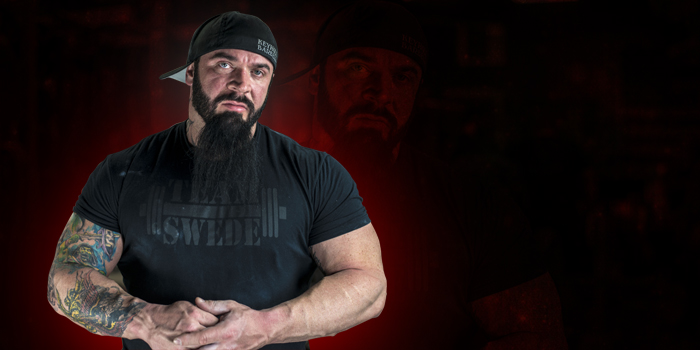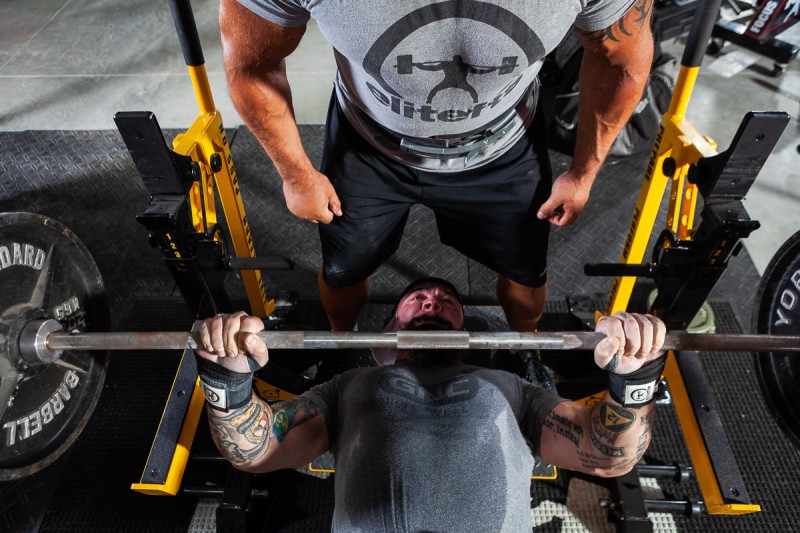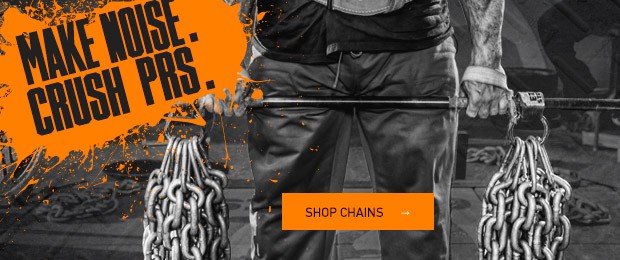
I’ve been around long enough to have seen many seasons of fashion come and go in the sport of powerlifting. Some things become a trend and catch on because they are beneficial. More recently, as a result of various social media platforms, some things seem to have gained popularity because one or two highly esteemed lifters or coaches with powerful spheres of influence begin to do them. That’s right—in the second scenario, things become popular for the same reason clothing styles come into fashion.
RECENT: Optimizing My Travel Training Efficiency
Keep in mind that a lifter who respects or admires another more talented or successful lifter is likely to be open to trying the things that the more successful lifter is doing. It stands to reason that someone getting better results while doing something different from you could be getting those better results because of the different thing that he or she is doing. I see no issue with this logic so far. But let’s not pathologically oversimplify. We have to remember that many factors are at play in an athlete’s success or failure. For example, a big one is the fact that a lifter‘s ability to adapt to and recover from training is predicated mostly by genetic predisposition. It’s very easy to let our own confirmation bias get the best of us and convince ourselves that something is helping because we want to believe that it will. In this case, it would make us more like someone we revere. Functionality is not a requirement for that.
I’ll drag you on an embarrassing trip down memory lane here. There was a novelty rap group composed of two children in the early 90’s called Kriss Kross. These 12- to 13-year old kids dropped a music video in which they were essentially dressed with their clothes on backward. Backward jeans, jackets, hats, etc.
There doesn’t appear to be any functional benefit to wearing these articles of clothing backward. In fact, it probably makes your day a lot harder having all of your clothes on backward. The pockets are facing the wrong direction. Any time you put on a coat, someone else has to button it or zip it. It’s a bad deal all around.
And yet, it took almost no time for many other kids in my grade to start showing up for school wearing backwards pants, etc. I realize this sounds absurd, but I swear it happened.
This is a fairly solid example of a trend that defies logic. As a proposition, it makes things functionally more difficult and, in exchange for that hardship, seems to offer no functional benefit. There is an argument for an aesthetic value that could result in better social positioning. But I don’t think it’s a very strong one.
I think it’s safe to assume that no one puts his or her pants on backward under the impression that it would provide some functional performance advantage. This person has other reasons. In this case, the chief motive seems to be that it would set him or her apart from the current mainstream trend in a fashionable way. Again, dubious logic.
In the scenario with the popular lifter, it’s probable that we actually do imitate, perceiving that there is a legitimate performance advantage to doing so. But we should remember that there are other factors influencing that decision as well. Like, it’s fashionable, for one. Even if we are not consciously aware of that fact in the moment, it’s something we can do to either set us apart from the mainstream or draw us nearer to it. Both of which are compelling motives for similar reasons. Think mainstream vs. countercurrent fashion. (Think: wearing our pants backward.) There is also the obstacle of confirmation bias to consider, like I mentioned before. This is the psychological phenomena where humans will unconsciously seek evidence to support what they have already decided to believe and disregard or blind themselves to evidence to the contrary. This is a very realistic consideration when taking advice from an esteemed peer or personal hero.
Pausing in the squat and deadlift in various, typically troublesome positions, began to rise in popularity about four or five years ago. Prior to that, pausing wasn’t something you heard much about, outside of the bench press, probably because benches need to be paused in competition. However, it’s worth mentioning that the first person I knew of using them in the manner they are being used currently, even double pauses, was my fellow 5thSetter, Greg Panora, years prior to that.
MORE: What If No One Was Watching?
I have to say there is a decent logical basis for the theory that pausing in trouble areas could help to develop those areas of the range of motion for a given lift. However, when we pan back for a more holistic view of the proposition and think about the other factors for even a minute, the theory begins to dissolve in our hands.
They seem to teach you to slow down and to prepare to stop in the areas of range of motion that you never want to do either of those things. Some people do well with pauses. There is no question about that, but would they do better, as powerlifters, allocating those recovery and adaptation resources to something else? I think they would.
I base my opinion on the results of my own repeated experimentation with clients and that of other qualified and experienced coaches I’ve consulted. For example, the guy who invented the “double pause,” Greg Panora. I very slyly asked him what he noticed in his experience using pauses with his coaching clients and in his own training before I coached him, and his response was “They get slow.”

He isn’t wrong. I've noticed the same thing again and again—pretty much every time I'd put them in my clients’ programming until I finally eliminated them. This is why you won’t see them used on a single 5thSet template. Greg also remarked to me about an advanced lifter he coached, who put 40 pounds on a lift in six months after removing pauses. Bar speed improved visibly. This is not surprising to me in the least, because I’ve seen it with my own eyes, many times.
I have a few lifters whom I allow to pause their first four sets, but even in those cases, I do not want them to pause the AMRAPS, aside from resetting on deadlifts. There has to be some ballistic reversal in training the lifts to develop bar speed properly. Deadlift may be an exception to the previous statement, as that lift is about breaking resting inertia. So, repeated attempts to break resting inertia with as much speed as possible is probably a better plan. We do that.
But to address the underlying issue, if we don’t pause in these trouble areas, how on earth can we be expected to fix them? Well, I have a very novel approach. I develop lifters using a volume-based scheme where they will train the competition movement in the 70-85% range. This allows them to employ technical corrections using my cuing system for each lift. Yes, that’s right: my lifters develop the competition lift by learning to perform that movement correctly, meeting volume requirements in a given percentage range that satisfy the Prilepin chart. We don’t rely on “special movements” to develop “weak points” in the lifts. The lion’s share of work in training is performed as the competition lift, performed correctly and efficiently.
I don’t feel that I need to address the fact there is no apparent issue transitioning from not pausing in training for most of the year to doing so only at the tail end of a peaking cycle for a meet, based on the meet performances of my lifters, but I’ll go ahead and do that for the sake of thoroughness. There has been no apparent issue with making that transition in the literal hundreds of lifters I, myself, have coached into competition. With that much said, I remain open to the possibility there is a better way to do things. It’s just going to take more than an Instagram trend to convince me.
I hope you found this article to be helpful, or at least thought provoking, and I welcome you to reach out with ideas for future columns. As always, please share it and discuss this topic with as many different people as you are able. Thank you for reading.











1 Comment